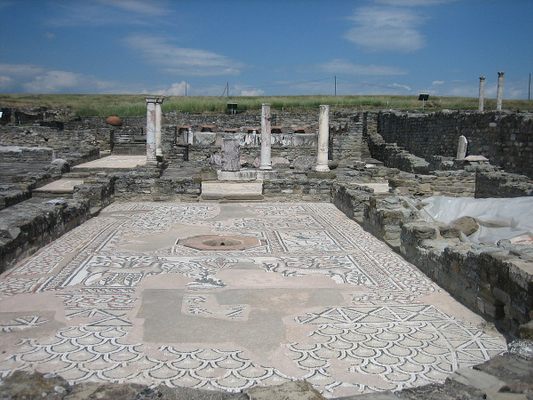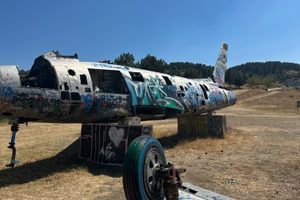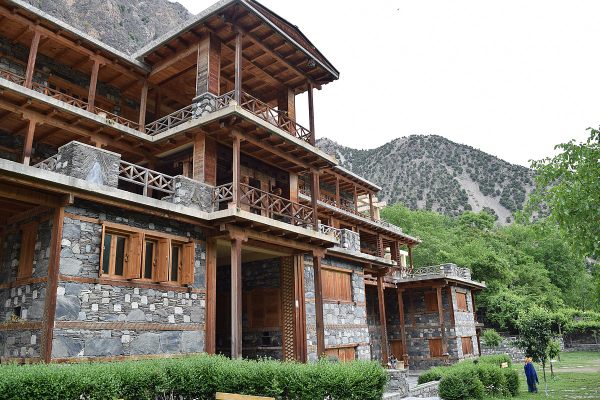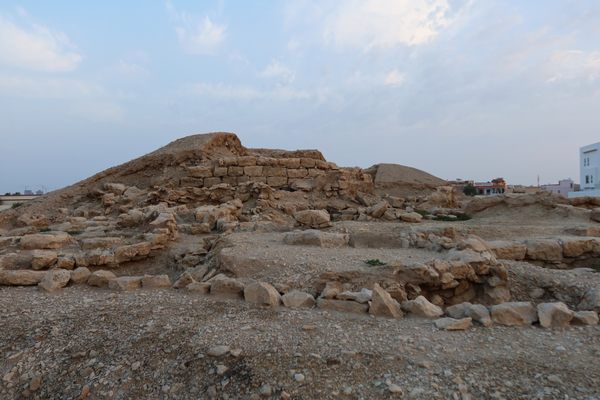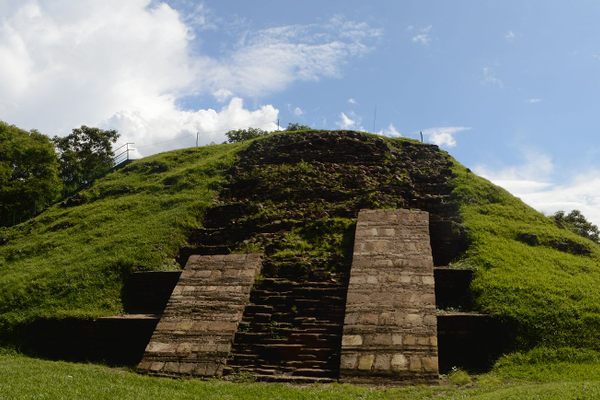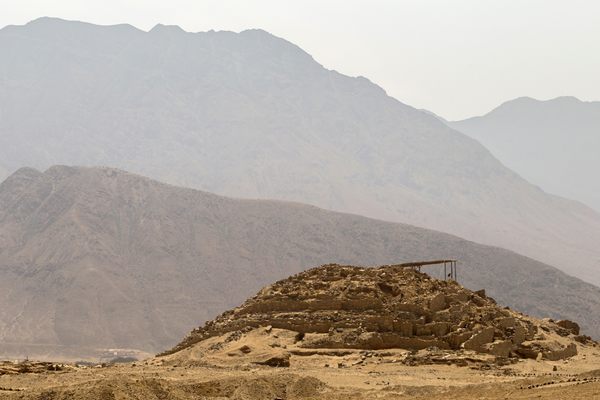About
Stobi is the largest archaeological site in North Macedonia. The name “Stobi” refers to a settlement that originated during the Archaic Period (800-480 B.C.). Located in the proximity of the confluence of the Vardar and Crna rivers along an ancient route connecting the Danube River to the Aegean Sea, Stobi’s strategic position did not go unnoticed. Through the centuries, this city belonged to the Paeonian Kingdom, the Kingdom of Macedonia, and the Roman Empire. Stobi was a thriving city when in the sixth century, a series of devastating earthquakes destroyed most of it. The survivors of this calamity decided to abandon the city, which remained effectively untouched for centuries thereafter. Archaeological excavations and restoration work began in 1924 and they are ongoing to this day.
What is left today of Stobi was built between the fourth and fifth centuries. Among other structures are dwellings, workshops, fountains, baths, courts, religious buildings, a house of games (casino?), a prison, and an amphitheater. These structures suggest that Stobi was an important urban, political, and religious center. The extensive network of shops and ordinary dwellings points to the fact that a considerable number of people inhabited the city. The ruins of lavish palaces are evidence that rich and powerful people lived here, which also explains the existence of public infrastructures such as courts, baths, and fountains. Finally, the remains of temples, basilicas, and a synagogue provide evidence that Christianity, Judaism, and ancient polytheistic Greek religion were all practiced in Stobi.
Each and every structure in Stobi is meaningful, but if attention were to be drawn to one only, that would be the Episcopal Basilica, one of the largest structures in the city. Built toward the end of the fifth century on the foundations of an older basilica, it is considered the earliest evidence of Christianity in modern-day North Macedonia. On the south side of the basilica is a magnificent baptistery constructed on a quatrefoil basis. There are well-preserved frescoes depicting various scenes from Jesus Christ’s life on the walls, and the floor is covered with exquisite mosaics portraying animals, plants, and geometrical patterns.
The mosaic of peacock that appears on the floor surrounding the baptistery appears also on the 10 Denari banknote issued in 1996, and the 10 Denari coin issued in 2008.
Related Tags
Community Contributors
Added By
Published
December 27, 2023

